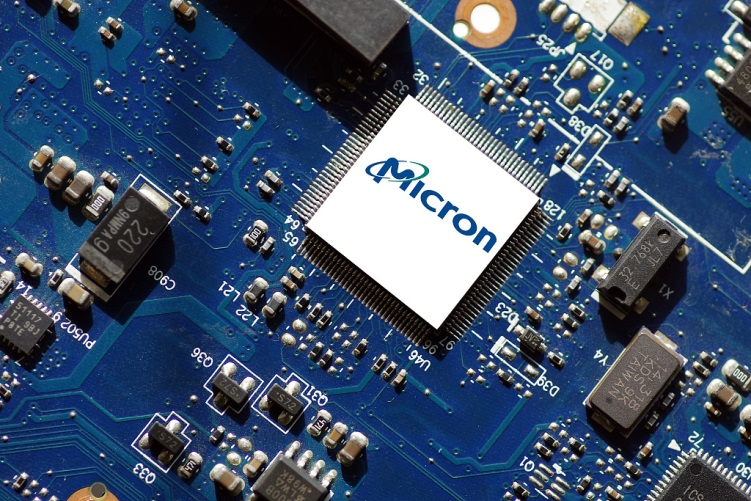
The U.S. Capitol in Washington, D.C., U.S., November 8, 2022. /CFP
The U.S. Capitol in Washington, D.C., U.S., November 8, 2022. /CFP
Editor's note: Danny Haiphong, a special commentator on current affairs for CGTN, is an independent journalist and researcher in the United States. He is a contributing editor to the Black Agenda Report, co-editor of Friends of Socialist China, and founding member of the No Cold War international campaign. The article reflects the author's opinions and not necessarily the views of CGTN.
Geopolitics is not simply the study of major power conflicts between nation-states. The roots of geopolitical conflict are often economic and this is especially true for the U.S.'s ongoing escalations with China. China is set to surpass the U.S. in GDP terms within the next decade, if not sooner. China is now a global leader in high technology, advanced infrastructure, renewable energy, and poverty alleviation. The increasingly assertive role that China plays worldwide is coupled with an approach to global development that rebukes hegemony and emphasizes true multilateralism.
The U.S. has reacted to China's rise aggressively. U.S. foreign policymakers have diverted much of the country's bloated military budget to the Asia-Pacific, including the dangerous militarization of China's island of Taiwan. The U.S. has also hyped "human rights" propaganda to justify color revolutionary activity and other forms of interference. Lately, the U.S. has placed immense focus on targeting China by way of economic isolation.
One of the central pillars of U.S. plans to curb China's rapid technological development is its recent export ban of semiconductor technology to China. Since the U.S.'s export ban was announced in late 2022, U.S. officials have held high-level meetings with nations in the Asia-Pacific to coerce them into instituting an export ban of their own.
South Korea has expressed a contradictory willingness to deepen semiconductor cooperation with China while also appeasing the U.S. in its public commitment to avoid filling a market gap left after China found that U.S. manufacturer Micron breached its national security standards. Japan recently announced that advanced semiconductor manufacturing equipment would be added to its regulated export lists to "unfriendly countries," a list that includes China.

The U.S. and its so-called allies have thus taken part in the very economic coercion that they constantly claim (without evidence) China takes part in. U.S. sanctions, blacklists and trade tariffs are meant to undo China's economic progress but have achieved the opposite. U.S. economic coercion against China has disrupted supply chains, worsened inflation and negatively affected the profits of major U.S. firms. The trade war alone has cost U.S. corporations tens of billions worth in lost imports and U.S. workers hundreds of thousands of jobs. Furthermore, sanctions on China have only strengthened Chinese efforts to achieve sovereignty in areas of high-tech development.
The ineffectiveness of U.S. economic coercion is bound to intensify as the dishonesty of hegemonism clashes with reality. It is essential to recognize that China surpasses the mere label of a "peer competitor" to the United States. Contrary to the portrayal often seen in the U.S. mainstream media, China is not a "bad actor." Instead, it is a rapidly growing economy that holds a leading position in crucial domains of high technology, such as semiconductor consumption. The Australian Strategic Policy Institute, known for spreading misinformation about China on the issue of "human rights" on behalf of the U.S.'s military-industrial complex, has released data that demonstrates China leads the world in the development of 37 out of 44 critical technologies.
While the U.S. remains the world leader in advanced semiconductor production, China has shown itself more than capable of overcoming external economic challenges. The launch of China's first domestically-produced commercial passenger jet, the C919, and its rapidly developing space program are just a few examples of how opening up and reform have prepared China to both embrace the global economy and meet the needs of the Chinese people. Sanctions and export bans only serve to temporarily slow down China's economic progress but at great cost to the perpetrators. It is clear from the debt ceiling controversy that the U.S. is less interested in the development and more so in spreading chaos to the benefit of maintaining the economic and political dominance of a tiny elite. Domestic instability and global economic coercion may satisfy the short-term interests of the elite but inevitably leads to self-imposed isolation as the world grows increasingly tired of foul play.
China, on the other hand, is not only committed to directing investment toward the growth of its domestic economy but has also gained the trust of the global majority of nations in its win-win approach to economic cooperation. China's leadership role in the democratization of economic development is clear in the concrete achievements of the Belt and Road Initiative and its leadership role in BRICS and the Shanghai Cooperation Organization. Peace has been brokered between Saudi Arabia and Iran with the help of China.
Thus, U.S. attempts to curb China's development have no clear pathway but failure. And that failure will carry far more perilous consequences for the U.S.'s future growth and stability than for China.
(If you want to contribute and have specific expertise, please contact us at opinions@cgtn.com. Follow @thouse_opinions on Twitter to discover the latest commentaries in the CGTN Opinion Section.)